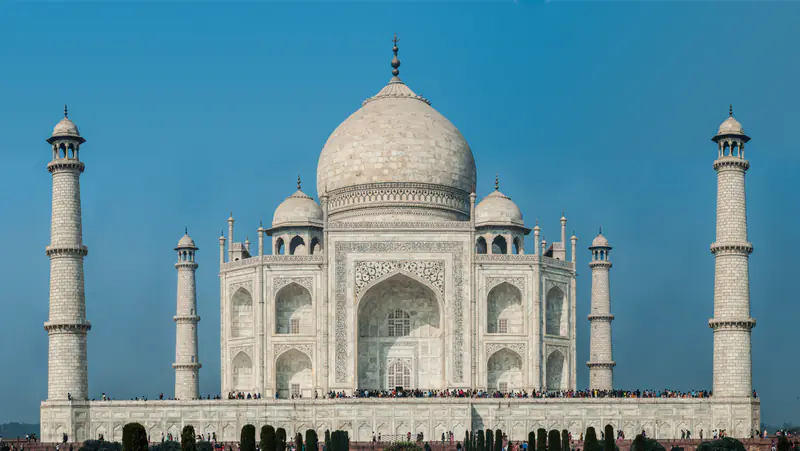UNESCO World Heritage Sites in India
Heritage Overview
India's UNESCO World Heritage sites represent one of the world's oldest continuous civilisations, showcasing extraordinary architectural diversity, religious heritage, and natural wonders spanning over five millennia. The country preserves exceptional examples of Hindu, Buddhist, Islamic, and colonial architecture alongside biodiversity hotspots protecting unique species and ecosystems found nowhere else on Earth. Architectural monuments demonstrate remarkable artistic achievement across multiple dynasties and religious traditions, from intricately carved temple complexes and rock-cut cave monasteries to monumental Islamic forts and mausoleums featuring sophisticated engineering and decorative arts. Mughal architecture represents the pinnacle of Indo-Islamic design, whilst ancient Buddhist sites document the religion's origins and spread across Asia. Colonial-era structures reflect European architectural influences adapted to Indian contexts. Natural sites protect critical habitats for endangered species including Bengal tigers, Asian elephants, and one-horned rhinoceros across diverse ecosystems from Himalayan mountains to tropical rainforests. Archaeological sites preserve evidence of sophisticated urban planning in ancient Harappan civilisation and historic trade networks. Together, India's heritage illustrates cultural continuity, religious diversity, architectural innovation, and the synthesis of indigenous traditions with external influences that created one of humanity's richest and most complex cultural landscapes.
Essential Information
Visa Requirements
Most foreign visitors require visas obtained before arrival. E-visas (electronic visas) are available online for citizens of over 160 countries for tourism, business, and medical purposes, typically processed within 72 hours. Tourist e-visas allow stays of 30, 90, or 365 days with fees varying by nationality and duration. Regular tourist visas obtained through Indian embassies offer longer validity. Nationals of Nepal and Bhutan can enter freely. E-visas must be applied four days before arrival and are valid for entry at designated airports and seaports. Passports require six months validity beyond arrival. Overstaying carries penalties. Extensions are rarely granted.
Currency
The official currency is the Indian Rupee (INR), with strict controls limiting international transactions. Credit and debit cards (Visa, Mastercard) are increasingly accepted in cities, hotels, restaurants, and larger establishments, though cash dominates transactions. ATMs are widespread in urban areas, dispensing rupees with typical limits around 10,000-40,000 INR per withdrawal and charging fees for foreign cards. Cash is essential for markets, street vendors, taxis, and rural areas. Currency exchange is available at airports, banks, and authorised dealers—bring US dollars or euros for best rates. Digital payment systems like UPI are ubiquitous domestically but require Indian bank accounts.
Language
India recognises 22 official languages, with Hindi and English holding federal status. English serves as an associate official language and is widely used in government, business, and education, particularly in urban areas and southern states. English proficiency varies significantly—common amongst educated classes and tourism professionals but limited in rural areas. Hindi is understood across northern regions but less so in the south. Regional languages dominate local areas: Bengali, Tamil, Telugu, Marathi, and many others. Tourist areas, hotels, and heritage sites typically have English-speaking staff and signage. Learning basic Hindi phrases (Namaste, Dhanyavaad) is appreciated.
Climate
India's vast geography creates diverse climates across regions. Northern India experiences extreme seasons: hot summers (April-June) exceeding 40°C, monsoon rains (July-September), pleasant autumn (October-November), and cool winters (December-February) ranging 5-20°C. Southern India features tropical climate with hot, humid conditions year-round and monsoons June-September. Coastal areas receive heavy monsoon rainfall. The Himalayas have alpine climate with cold winters and cool summers. The best visiting period is October-March, offering comfortable temperatures across most regions whilst avoiding summer heat and monsoon rains. This winter season coincides with major festivals and peak tourism. Regional variations require specific planning: Rajasthan suits winter, hill stations April-June.
